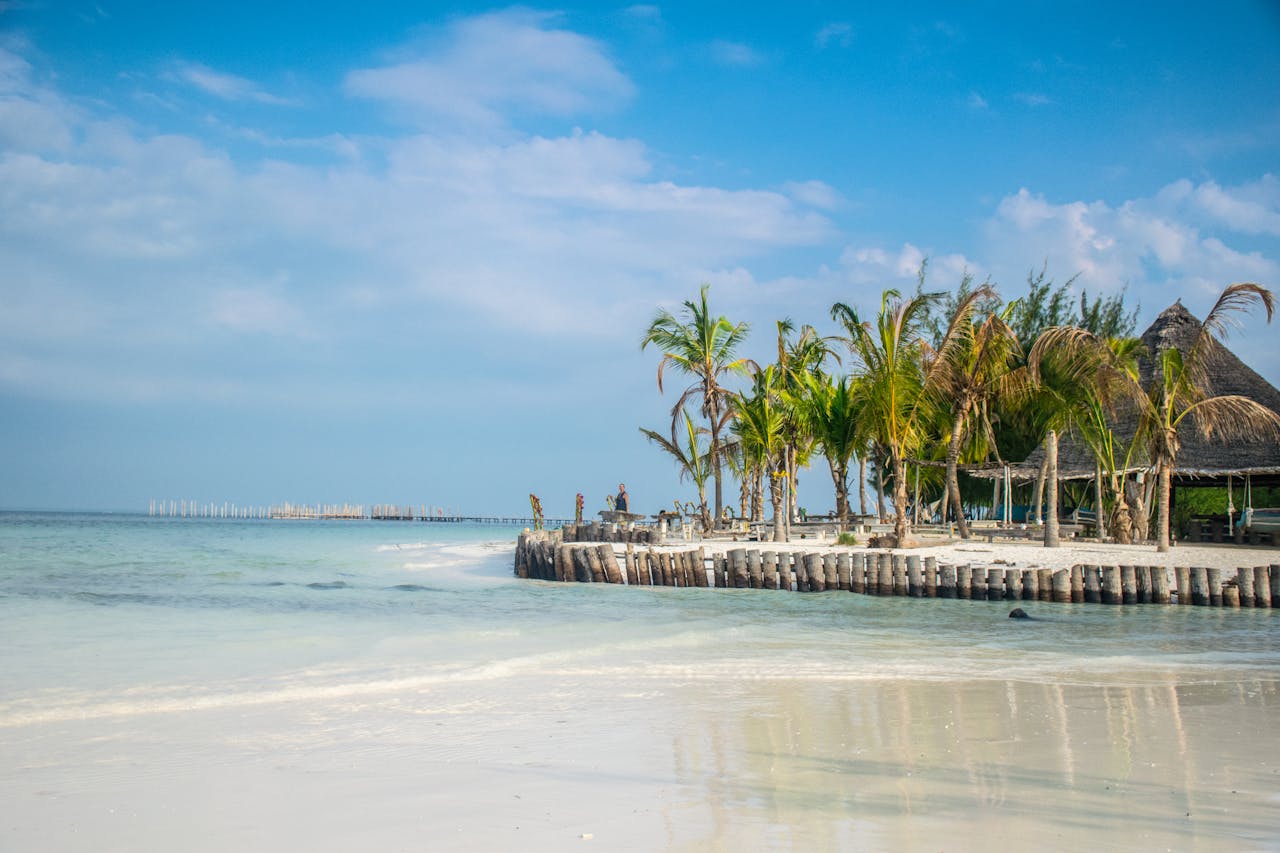Tanzania’s islands offer a year-round escape, but the ideal time to visit depends on your priorities. Here’s a breakdown to help you plan your perfect island getaway.

Dry Season (June to October)
- Weather: Sunny and dry with minimal rainfall.
- Benefits: Ideal for beach holidays, water sports, and snorkeling or diving. Clear visibility underwater.
- Considerations: Peak season, with higher prices and larger crowds.
This is the most popular time to visit Tanzania’s islands, offering perfect conditions for beach lovers and water sports enthusiasts. However, expect higher prices and busier resorts.
Short Rains (November to December)
- Weather: Short showers interspersed with sunny periods.
- Benefits: Fewer crowds, lower prices, and lush greenery.
- Considerations: Some water activities might be affected by weather conditions.
This shoulder season offers a good balance between weather and crowds. You can enjoy beautiful scenery and potentially encounter fewer tourists.
Long Rains (March to May)
- Weather: Heavy rainfall and humid conditions.
- Benefits: Significantly lower prices and fewer crowds.
- Considerations: Some businesses may be closed, and water activities might be limited.
The long rains bring lush vegetation and a quieter atmosphere. While not ideal for beach holidays, it’s a great time for budget travelers and those seeking solitude.
Hot Season (January to February)
- Weather: Hot and humid with occasional showers.
- Benefits: Warm ocean temperatures, good for swimming and snorkeling.
- Considerations: Can be quite hot and humid, especially inland.
This period offers warm ocean temperatures, perfect for swimming and water sports. However, the heat and humidity might be uncomfortable for some travelers.


Remember: The best time to visit depends on your personal preferences. Consider your priorities – whether it’s pristine beaches, vibrant marine life, or budget-friendly options – to choose the ideal time for your island escape.



